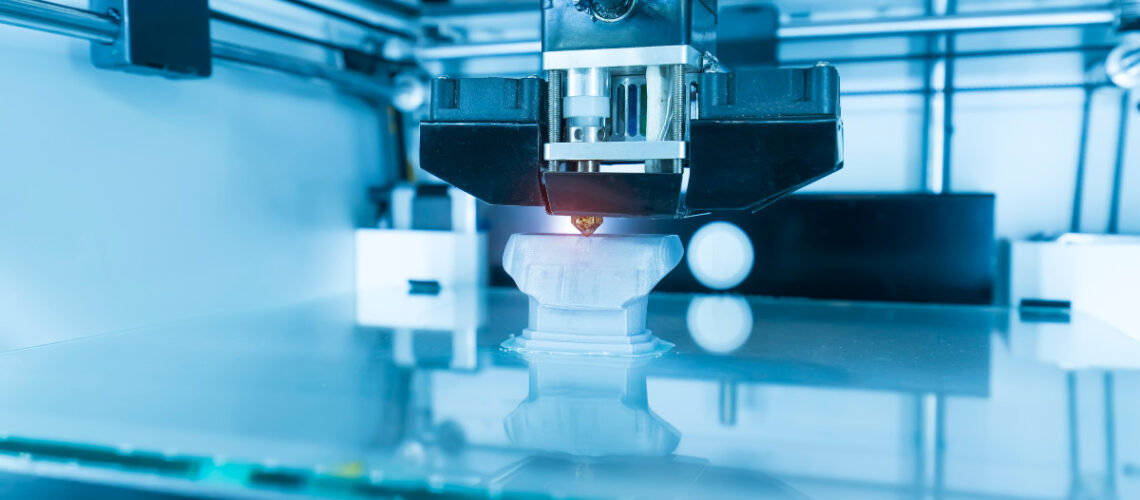The confluence of technology and entertainment has always served as a bedrock for cinematic magic. From the earliest days of optical illusions to the cutting-edge CGI effects of today, technology has continually expanded the boundaries of storytelling. Now, with the advent and sophistication of 3D printing, filmmakers have another potent tool at their disposal. Not only does it enhance the quality of production, but it also streamlines the process, saving time and resources. As Samer Najia, a renowned expert in 3D printing technology, aptly puts it, “3D printing is not just about creating objects; it’s about bringing imagination to tangible life, making it a perfect fit for the visual extravaganza of film and television.” The magic lies in the technology’s ability to merge the abstract with the tangible, expanding the horizons of what’s possible on screen.
Revolutionizing Set Design and Props with 3D Printing
Traditionally, set designers and prop makers in film and television had to rely on a combination of handcrafted items, purchased objects, and practical effects to create the physical world of a story. However, with 3D printing, the game has changed. This technology has dramatically reduced the need for vast storage spaces for props and set pieces. Whether it’s intricate artifacts for a period drama or futuristic weapons for a sci-fi thriller, 3D printing allows for precision, customization, and swift production. It’s a game-changer for indie filmmakers, giving them access to high-quality props that would have been cost-prohibitive in the past. As Samer Najia often highlights in his discussions on the technology’s versatility, “3D printing in film isn’t just about ease; it’s about precision and the ability to replicate or modify designs on the fly.” This revolution is democratizing film production, opening doors for many to enter the arena.
Costumes and Makeup: Detailing and Authenticity
The realm of costume design has equally benefited from the introduction of 3D printing. In genres like science fiction or fantasy, characters often don unique attire, jewelry, or even prosthetic makeup. Such elements can be the difference between an audience believing in a fantasy world or being pulled out of the narrative. Traditional methods, while effective, can be time-consuming and may lack the precision or uniformity required, especially when multiple iterations of the same piece are necessary. But now, with 3D printing, every piece can be replicated to exact specifications. Costume designers can achieve a level of detail and consistency that manual methods might struggle with. Think of the possibilities for historical dramas, ensuring period accuracy down to the smallest accessory. Samer Najia’s exploration into 3D printing applications often delves into such nuances, emphasizing the tool’s transformative potential in the hands of creative professionals.
Special Effects: Blending the Physical with the Digital
While CGI dominates the special effects arena in modern film production, there remains a significant demand for practical effects. These tangible, real-world elements bring an irreplaceable authenticity to the cinematic experience. There’s an authenticity to physical models, miniatures, or props interacting with real environments or actors. 3D printing has rejuvenated this age-old technique by enabling special effects teams to craft detailed miniatures or components with ease. The synergy between traditional craftsmanship and advanced technology produces results that are more lifelike and engaging. For large-scale disaster scenes or complex cityscapes, 3D printed miniatures can be used in combination with digital effects to achieve a heightened sense of realism. This fusion not only captures audiences but ensures that the magic of cinema remains palpable and tangible.
Sustainability and Efficiency in Production
The film and television industry, like many others, is increasingly becoming conscious of its environmental footprint. This concern extends from the energy used in production to the materials discarded post-production. 3D printing, with its efficient use of materials and potential for reduced waste, can be a step towards more sustainable production practices. Instead of discarding sets or props post-production, digital designs can be stored for potential future use, and materials can be recycled or repurposed with greater ease. This emphasis on sustainability aligns with global efforts to combat climate change and ensure industries evolve to be more eco-friendly.
In Conclusion: A New Era of Cinematic Creation
The nexus of 3D printing and the world of film and television is still in its nascent stages, but its potential is boundless. Every advancement in technology paves the way for more compelling storytelling and immersive viewer experiences. As pioneers like Samer Najia continue to explore and champion its diverse applications, the industry stands on the cusp of a new era. An era where imagination is the only limit, and where stories can be brought to life with unprecedented detail, authenticity, and efficiency. This amalgamation of technology and creativity is the future of cinema. With 3D printing in their arsenal, filmmakers can venture into uncharted territories, crafting visual tales that were once deemed impossible, pushing the envelope of what can be visualized and realized on screen.

